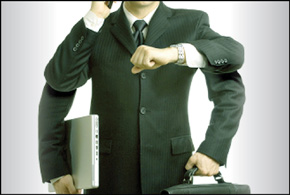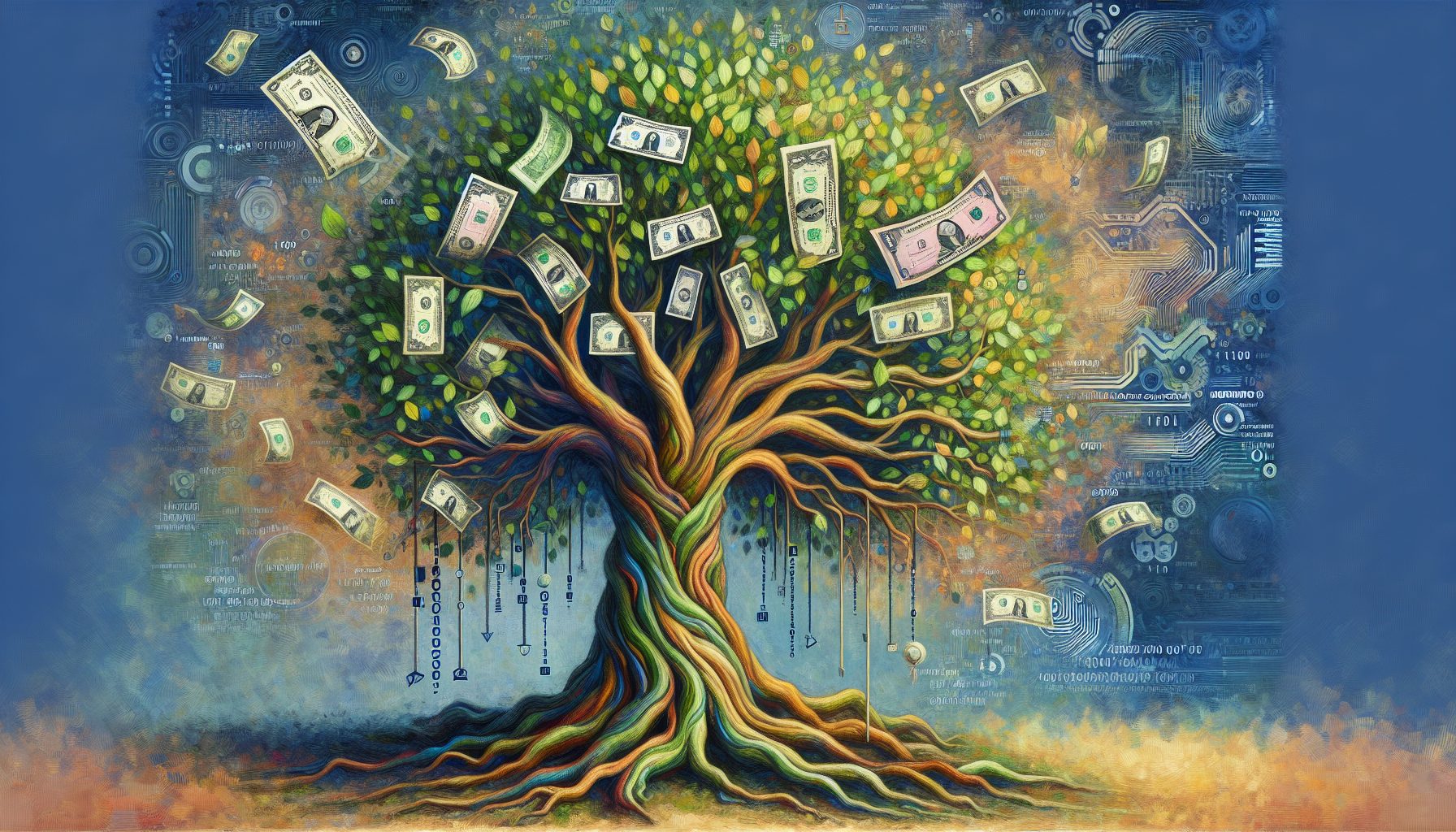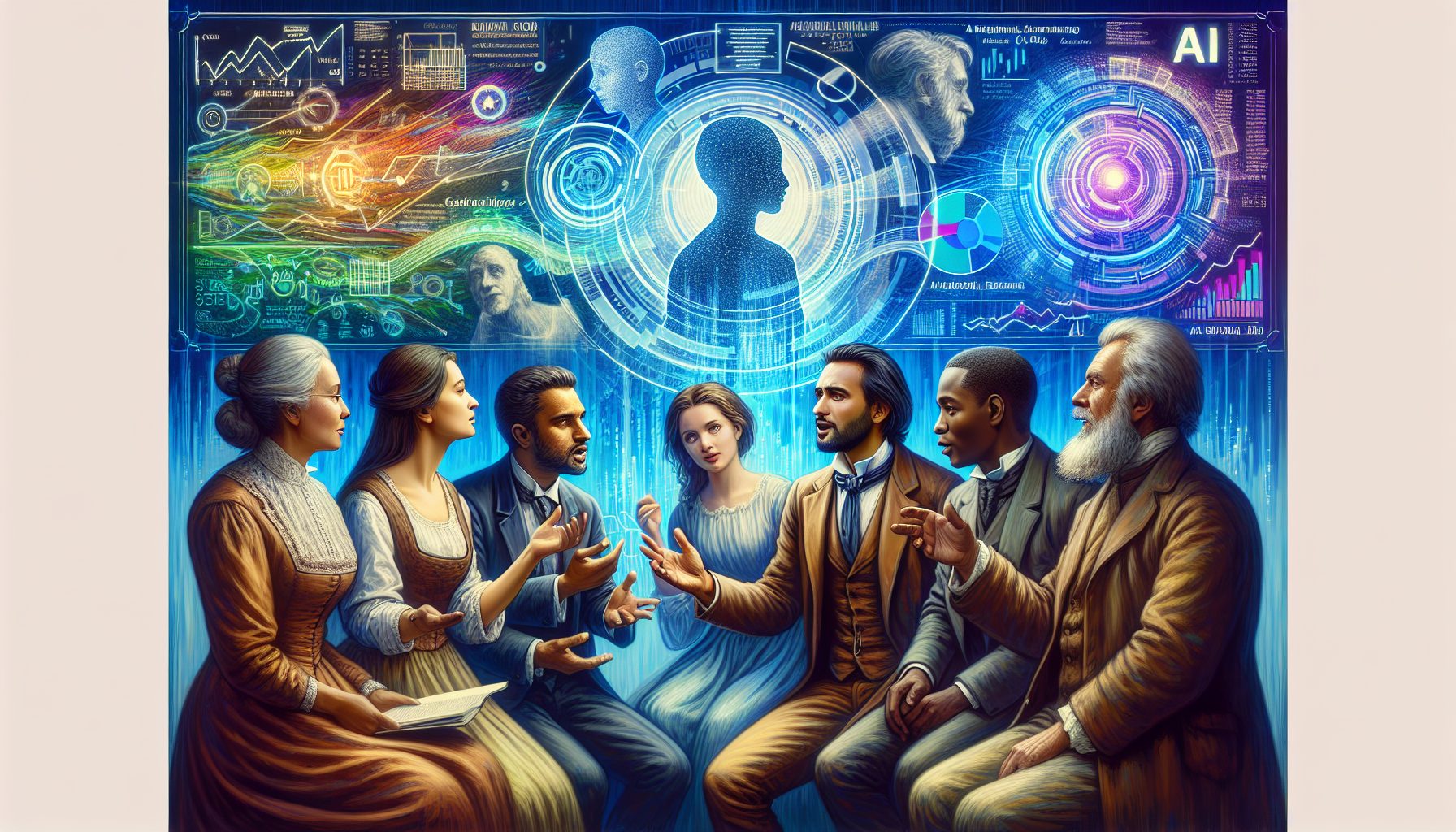The great plague of our era is endless distraction. The internet and social sites never stop beckoning us through our phones, tablets, laptops and other gadgets.
The default mode now is a constant state of multitasking. We flip through Instagram while watching TV, text while having a conversation and track Twitter while building a presentation.
There’s just one problem: Multitasking is a myth.
What actually happens when you think you’re multitasking is that you’re mentally switching back and forth between tasks. It feels like you’re beating the clock by doing two things at once. But the excess mental energy it takes to disengage from one thought process and re-engage with the other one is wasteful.
Imagine mowing three feet of lawn, then running over to paint a strip of the fence, then back to mowing, then back to painting. It might feel like you’re doing two things at once. In reality, you’re just being inefficient, burning needless energy and extending the time it takes to mow the lawn and paint the fence.
“Multitasking” has three bad effects.
First, it drains your mental energy. The inefficiency of rapid task-switching increases the cognitive load above what doing both tasks serially would entail.
Second, it degrades the quality of your work. Not only do you have less time and energy to do real work, but multitasking shatters “flow”—the mental state that results from distraction-free concentration, what Professor Cal Newport discusses in his book Deep Work.
Third, multitasking misleads you into thinking you’ve done more work than you actually have. At the end of the day, you feel like you’ve worked 10 hours, but you’ve actually accomplished an amount of work you could have accomplished in far less time.
The good news is that you can employ a range of tricks and strategies to guard yourself against the constant lure of distractions and multitasking.
How to Stop Multitasking
The most important thing in mastering the art of single-tasking is to acknowledge that a distraction isn’t binary: It exists on a spectrum. At one end of the extreme, you might get bored with the spreadsheet you’re working on, and decide to have a YouTube video playing in another window. That’s a full, obvious distraction.
On the “distraction lite” end of the spectrum, simply being aware that YouTube is just a click away prevents you from fully engaging with that spreadsheet. In this scenario, you believe you’re single-tasking, but your mind still feels the gravitational pull of YouTube. And that matters.
In her book, Reclaiming Conversation, MIT Professor Sherry Turkle highlighted the fact that even placing your smartphone on a table during a conversation with another person decreases the sense of connection with that person, even if the phone never interrupts the conversation. The mere possibility of interruption subtly distracts you.
I believe that a similar effect happens when you use a PC or laptop for certain tasks. Even if you have the self-discipline to stay away from YouTube, Facebook, Twitter, Reddit and other sites while you work, the knowledge that you could click over in an instant can distract you.
As counterintuitive as it sounds, I’ve found that by using the minimum possible hardware, you can maximize attention. For example, I use my laptop for doing podcast editing, photo editing, research, social media and other tasks. The laptop is great when I need maximum speed and power.
But when it comes to writing, I use an iPad with a wireless keyboard. An iPad is much slower for switching between apps and defaults to a single window or, at most, a split screen.
Sometimes I even disconnect from WiFi on purpose to subtly shift my own mindset in favor of focus. I learned this trick by accident on many flights that didn’t have onboard WiFi. I had work to do, and the coach seatback wasn’t big enough for my laptop, so I preloaded everything I needed to do my work into my iPad. I discovered that an iPad with zero WiFi was a powerful combination for distraction-free work.
Extending that idea even further, I prefer my smartphone for most communications, including email, social posts, texting and more.
The point is to try to use whichever device does the job at hand, while making distractions as inconvenient as possible.
A similar effect happens based on environment. For example, it can be distracting to work from home because the mere knowledge that food, family, chores and TV are “right there” can prevent you from focusing completely. Sometimes it’s better to work at Starbucks or somewhere else.









